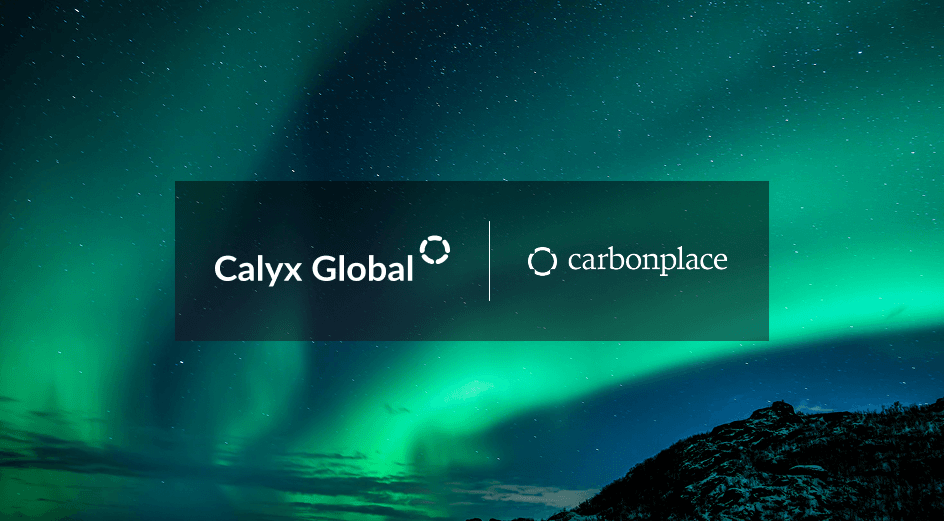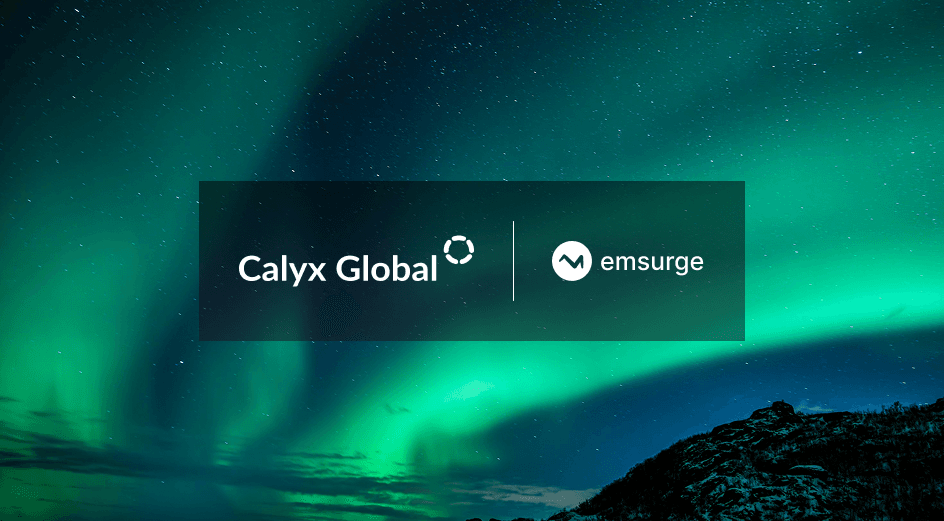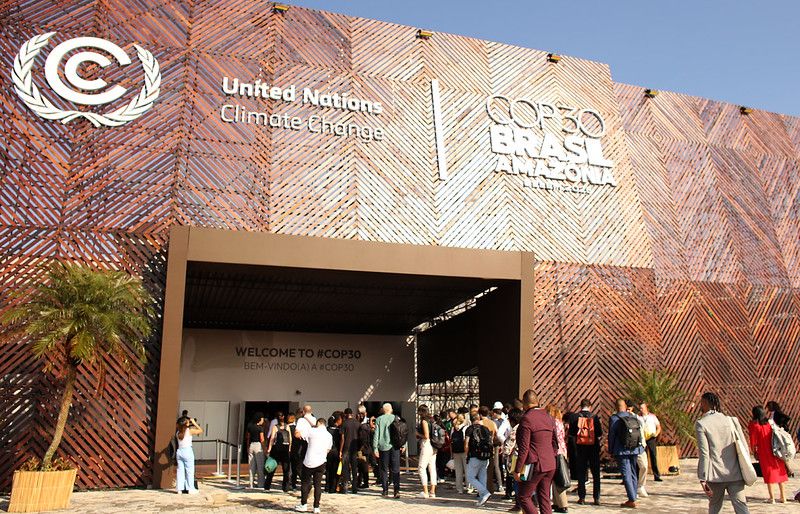
An introduction to coal mine methane projects
January 16, 2025 - Research
Coal mines release large volumes of methane, a greenhouse gas with a particularly high global warming potential (GWP), into the atmosphere. This makes the sector a strong candidate for emission reductions and mitigation. Calyx Global will soon begin publishing ratings for projects that prevent GHG emissions from coal mines through the utilization of methane from pre-mining drainage. A variety of viable coal mine methane (CMM) projects exist at mines above and below ground. This blog introduces CMM, what it is and how it impacts the climate.
What is coal mine methane and why is it vented during coal mining activities?
CMM is the gas released from coal and surrounding rock before and during mining activities. This methane gas is produced during the natural processes that form coal, known as ‘coalification’, the transformation of plant material into coal over millions of years. CMM is released from the rock strata during normal mining operations, such as blasting and drilling, and needs to be removed primarily for safety reasons. Coal mines must keep methane concentrations low as the gas is highly explosive and could pose a serious health and safety hazard to workers and mining operations. Though CMM must always be removed from active mining environments, some mines can participate in the carbon markets by capturing and utilizing this methane to produce electricity (thereby destroying it).
How is coal mine methane impacting the climate?
In 2020, coal mines accounted for 9% of global anthropogenic methane emissions(1). Methane emissions have a global warming potential (GWP) of 27.9 (although the GWP of methane emissions from fossil fuel sources is slightly higher - around 29.8)(2). This means that every ton of coal mine methane emitted could have up to 29.8 times the warming potential of one ton of carbon dioxide, on a 100-year scale. See the pie chart below for a breakdown of global anthropogenic methane emissions in 2020(3).
Key terminology in the CMM industry
The CMM industry is full of acronyms. When analyzing the risks and benefits of a project, it is important to understand what category of methane it deals with and how it does so. Here are a few of the most important terms for buyers and investors looking into CMM projects:
- AMM = Abandoned mine methane → methane that escapes from inactive mines. Previous mining activities have exposed coal seams and rock strata that will continue to release methane long after mining activities end.
- CBM = Coal bed methane → methane that is stored in rock strata anywhere. CMM is stored in rock strata at a mine.
- VAM = Ventilation air methane → diluted methane released through a mine’s ventilation shafts.
- Drainage/degasification systems → systems that recover methane from sealed areas before mining activities begin (pre-mining drainage).
CMM project types
CMM carbon credit projects currently utilize one of three methodologies: 1) Capturing and Destroying Methane from Coal and Trona Mines in North America under ACR, 2) U.S. Coal Mine Methane Protocol Version 1.1 under CAR, and 3) ACM0008: Abatement of methane from coal mines under CDM/VCS.
Among these three methodologies, there are many types of CMM projects that developers can implement, such as:
- Projects that drain and utilize CMM from sealed areas of active underground coal mines
- VAM destroyed at active underground mines
- CMM collected and destroyed from drainage systems at active surface mines
- Methane recovery and destruction from abandoned underground mines
- Projects that implement surface drainage boreholes to capture CBM from open-cast mines
CMM projects in the voluntary carbon market
At this time there are around 10 actively issuing pre-mining drainage CMM projects registered with VCS (Verified Carbon Standard), and several more are under development or awaiting validation. These projects generate anywhere between 100,000 and 500,000 carbon credits annually. There are currently no CMM projects registered with Gold Standard, and no CMM projects registered with the Clean Development Mechanism (CDM) are actively issuing credits.
As mentioned above, ACR and CAR (Climate Action Reserve) have developed their own methodologies to credit the destruction of methane from coal mines. Coal mine methane projects can also follow the ARB Compliance Offset Protocol and be listed on ACR or CAR. Including both the voluntary and compliance market, there are around 70 active CMM projects between CAR and ACR.
Overall, CMM has significant emission reductions potential and a growing slate of active projects. This carbon credit category is the latest expansion of Calyx Global’s available and continuously growing scope of ratings, so stay tuned for new ratings announcements. If you’d like to dig deeper, contact us here.
Citations
(1) US EPA. (2019. Coalbed Methane Outreach Program. Coal Mine Methane (CMM) Finance Guide. Accessible At: www.epa.gov/sites/default/files/2016-04/documents/cmop_finance_guide_march_2016_revision.pdf.
(2) IPCC (2023). Climate Change 2023: Synthesis Report. Accessible At: https://www.ipcc.ch/report/ar6/syr/downloads/report/IPCC_AR6_SYR_LongerReport.pdf
(3) Wang, Wen & Ren, Jiandong & Li, Xiaojun & Li, Huaibin & Li, Dongyin & Li, Huamin & Song, Yun. (2020). Enrichment experiment of ventilation air methane (0.5%) by the mechanical tower. Accessible at: https://www.nature.com/articles/s41598-020-63698-x
Keep up with carbon market trends
Get the monthly newsletter and stay in the loop.
Trusted By



About the author
Calyx Global Research Team
Next Up

Joint statement: Calyx Global, Carbonplace announce partnership to help companies buy high quality carbon credits
December 9, 2025

Joint statement: Calyx Global ratings now available on Emsurge Open Markets trading platform
December 3, 2025

3 Takeaways: What COP30 means for carbon markets
November 24, 2025